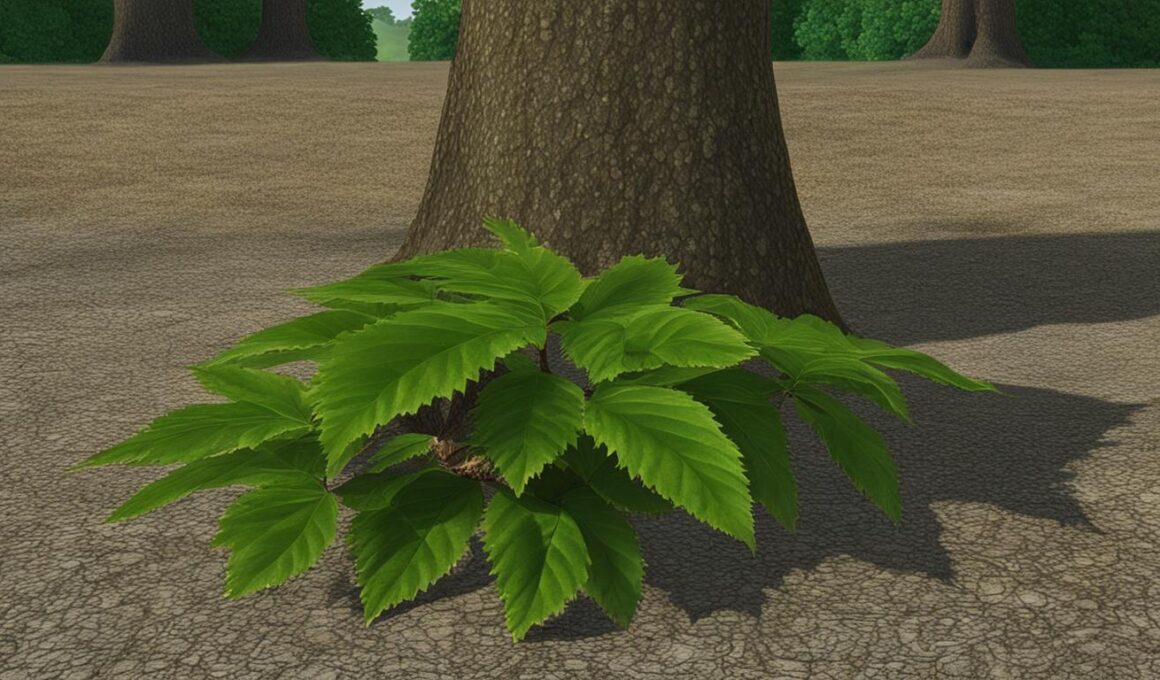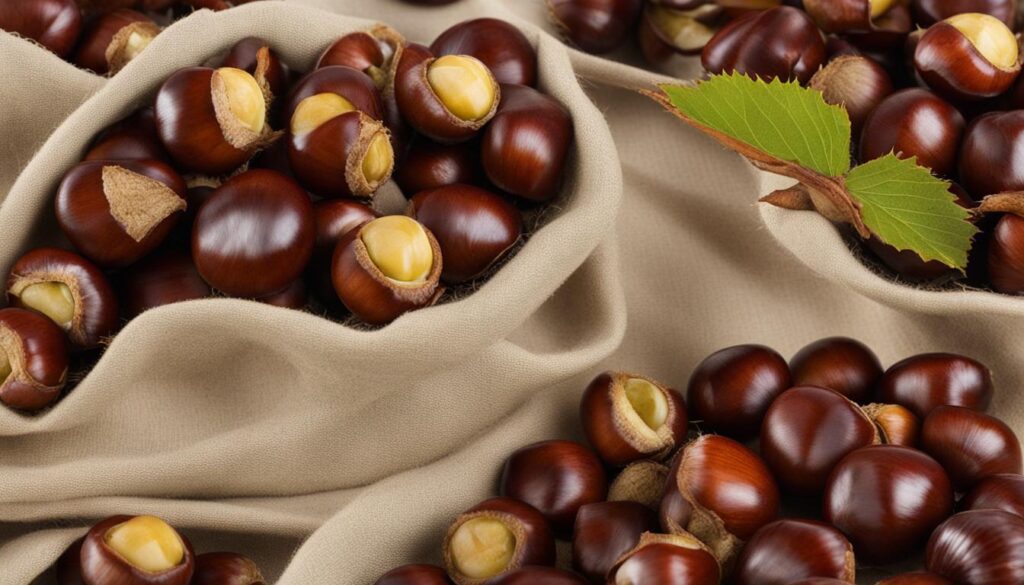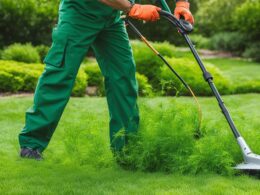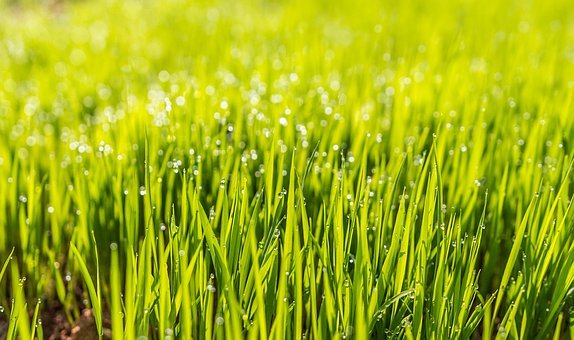If you’re a fan of nuts, you’ve probably come across the terms “horse chestnut” and “chestnut.” While they may sound similar, there are important differences between the two. Understanding these differences is crucial to ensure you’re getting the right nut for your needs.
Chestnuts, also known as edible chestnuts, belong to the Castanea genus. These nuts are not only delicious but also packed with nutritional value. They are a good source of vitamin C and are low in fat. In fact, chestnuts are a popular food consumed worldwide.
However, it’s important to note that not all chestnuts are edible. There is a difference between edible chestnuts and horse chestnuts. The term “horse chestnut” is sometimes used to describe an unrelated tree in the Aesculus genus. These trees produce toxic and inedible nuts, so it’s essential to distinguish between the two.
So, when it comes to nuts, always remember to differentiate between horse chestnuts and edible chestnuts. By understanding these differences, you can ensure that you’re using the right nuts for your culinary creations or other purposes.
Edible Chestnuts: Quality, Curing, and Season
When it comes to edible chestnuts, quality is paramount. The size of the chestnuts plays a crucial role in determining their overall quality. Most commonly, chestnuts are sold fresh in their shells, but you can find them in other forms like peeled and frozen, as well as value-added products such as chips, flour, and slices. These variations offer culinary flexibility and convenience.
Chestnuts undergo a meticulous curing process that spans two to three weeks, resulting in maximum quality and sweetness. During this process, the starches in the nuts convert into sugar, enhancing their taste and sweetness. It’s this curing process that brings out the distinctive flavors that the chestnuts are known for.
Proper storage is essential for maintaining the quality of chestnuts. They should be stored at just above freezing temperature, ideally between 32-40 degrees Fahrenheit. You can store them either in a refrigerator or at room temperature. When selecting cured chestnuts, ensure that they have undergone proper curing by inspecting them carefully. This step is vital to ensure you enjoy the best quality chestnuts.
When stored correctly, chestnuts can last for a few weeks. To maintain their quality, it is advisable to store them in the produce compartment of your refrigerator.
Identification and Preparation
Correctly identifying chestnuts is essential to avoid confusion with toxic horse chestnuts. Edible chestnut trees can be found in natural landscapes, green spaces, and orchards, while horse chestnuts are commonly planted as ornamental trees in urban areas. To identify chestnuts, look for their distinctive spiny husks and the presence of a tassel or point on the nut. In contrast, horse chestnuts have fleshy, bumpy husks without a tassel.
Once you have correctly identified chestnuts, you can proceed with their preparation. Roasting is the most popular method for enjoying chestnuts. They can be roasted in the oven, over a fire, or even in the microwave. Before roasting, it’s important to score the chestnuts to allow steam to escape and prevent them from exploding. Simply use a sharp knife to make a small cross-shaped incision on the flat side of each chestnut.
When roasting chestnuts, it’s crucial to ensure they become tender, sweet, and easy to peel. Depending on the chosen roasting method, chestnuts may take approximately 20-30 minutes to cook thoroughly. Keep an eye on them to prevent burning. Once roasted, allow the chestnuts to cool slightly before peeling off their shells. The inner nut should be soft and creamy.
In addition to roasting, chestnuts can be used in various delectable recipes. They add a rich, nutty flavor to soups, stews, pasta dishes, and even spreads. Experimenting with chestnuts in different recipes can enhance your culinary repertoire and introduce new flavors to your meals.
Conclusion
In conclusion, when it comes to Horse Chestnut vs Chestnut, there are significant differences that you should be aware of. Edible chestnuts are not only nutritious but also safe for consumption. On the other hand, horse chestnuts are toxic and should be avoided.
The key to distinguishing between the two lies in understanding the tree’s location, as well as the appearance of the nuts and husks. Edible chestnuts can be easily identified by their sharp, spine-covered burs and the presence of a tassel or point on the nut. This ensures their safe consumption.
Once you have correctly identified the chestnuts, you can indulge in their delicious flavors. Roasting is a popular method of preparation that brings out their unique taste. Whether enjoyed on their own or incorporated into a variety of recipes, chestnuts offer endless culinary possibilities.
What are the main differences between Horse Chestnuts and regular Chestnuts?
Horse chestnuts and regular chestnuts may look similar, but there is a significant difference between pothos and philodendron. Horse chestnuts are toxic when raw, while regular chestnuts are safe to eat. On the other hand, pothos have variegated leaves and philodendron have solid-colored leaves.










